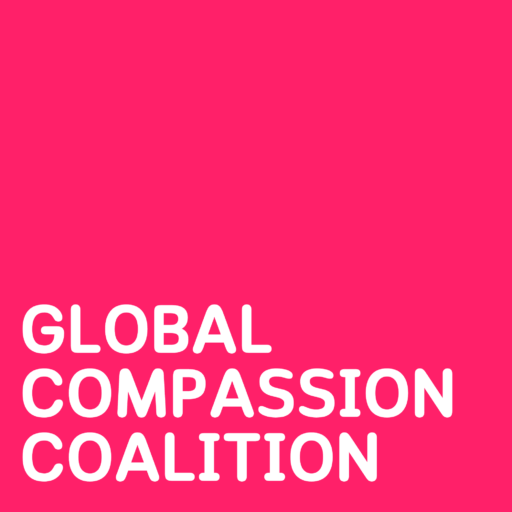Almost unnoticed, the lives of children across the world changed for the better on Monday 18th September.
On this day, the United Nations launched additional guidance in regard to the Rights of the Child. For the first time in history, as part of environmental health and well-being, children are to be protected from any form of violence – be it domestic or inflicted on animals.
The UN Committee GC26 which headed this development, explains that all 196 member countries are now under ‘strict obligation’ to change policies, practices and laws in order to comply with this ‘legally binding’ addition to the Rights of the Child.
The GC26 Committee states: “Children must be protected from all forms of physical and psychological violence whether in their home or in society, and from exposure to violence, such as domestic violence or violence inflicted on animals.”
This brings the need for animals not to be abused by humans, directly into the domain of the Charter on Human Rights and for the first time references animal abuse as a violation of the Rights of the Child. At the highest level, the link between animal abuse and domestic violence is now acknowledged and endorsed.
So where to from here: the healing starts with the way we treat those who are voiceless and at our mercy, the animals. We are accustomed to too many people treating animals as objects – neglected, discarded, or utilized for our benefit and satisfaction, irrespective of their suffering. On a daily basis we brutalize animals as a mostly unspoken part of our culture, often without a second thought. Now it is acknowledged at the highest international level that we are psychologically harmed by violence in whatever form – including animal mistreatment.
Scientists tell us that compassion and empathy for other living beings is innate. It is something we are born with, but which is too often eroded as we grow older.
In his book The Science of Evil, multi-award winning professor of developmental psychopathology at the University of Cambridge, Professor Simon Baron-Cohen notes that “empathy is the most valuable social resource in our world, and the erosion of empathy is a critical global issue of our time.” Empathy erosion, he says, is a condition that arises when we objectify others. This has the effect of devaluing them. “When empathy is dimmed, it causes us to think only of our own interests. When we are solely in the ‘I’ mode, our empathy is switched off.”
It is the erosion of empathy that allows the scourge of bullying to cripple young lives in our schools and universities. Erosion of empathy is at the root of domestic violence.
Likewise, our treatment of animals is rooted in our objectification of them. With objectification, comes devaluation and an erosion of empathy. With devaluation comes human entitlement, abuse and violence.
Our tragic treatment of planet Earth is rooted in the same mentality – objectification, devaluation, a loss of empathy and human entitlement.
… On Monday 18th September, with the incorporation of General Comment 26 into the Rights of the Child, the United Nations acknowledged that the emotions of empathy, care and compassion are to be treasured and preserved, protected and nurtured.
As you will see from the current issue of our magazine Animal Voice, the world’s best legal minds agree.
See GC26 as part of the newly-launched guidelines by the UN to the Rights of the Child on our website www.naturebased.education.
Louise van der Merwe is a Managing Trustee at The Humane Education Trust, Director of Nature-Based Education, Cape Town, South Africa, and Editor of Animal Voice.

